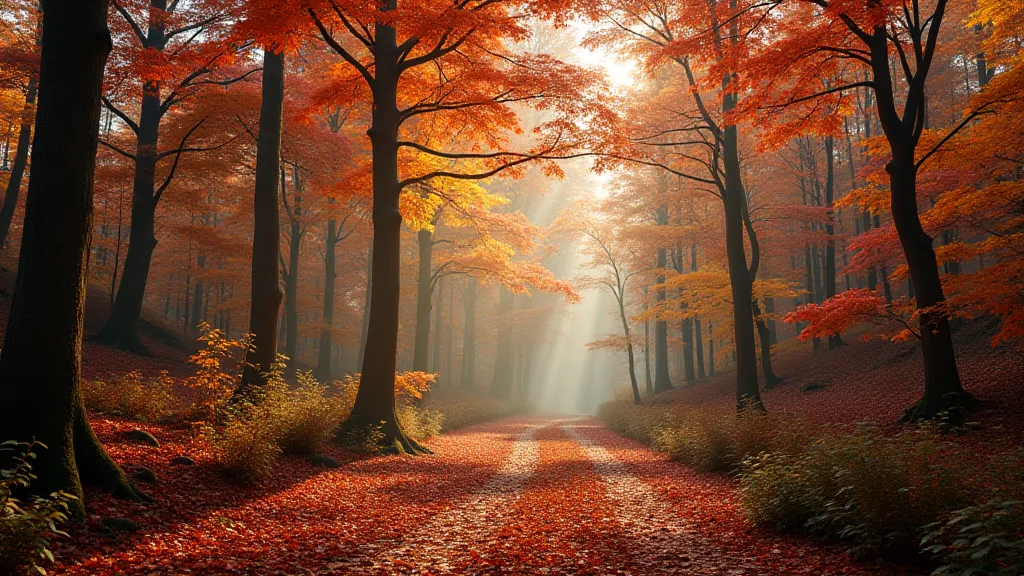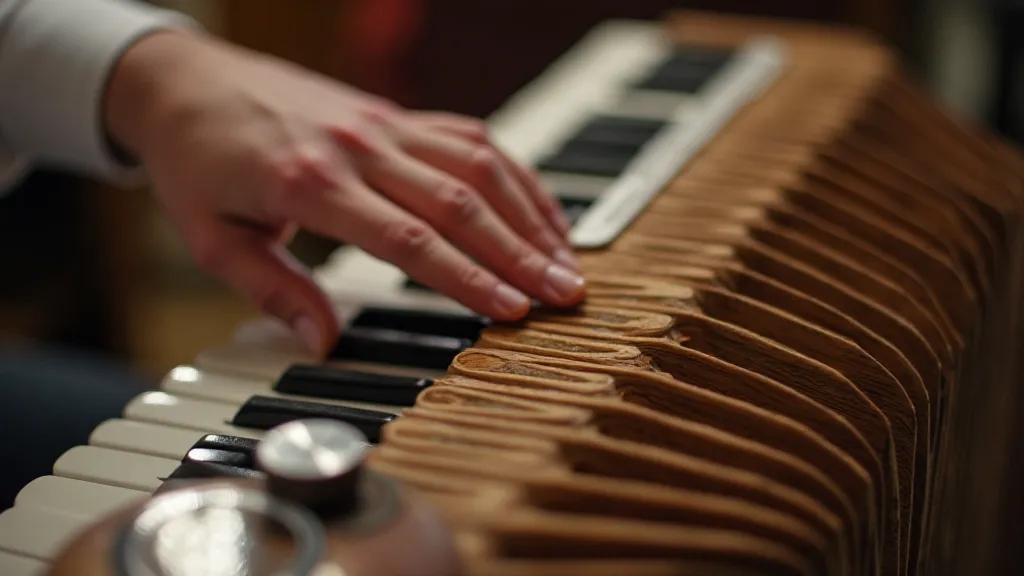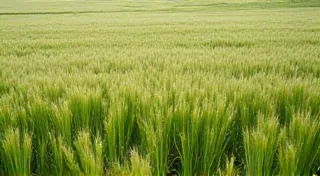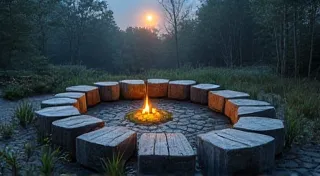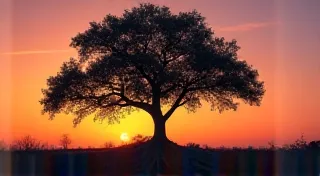The Whispers of Wood: How Forest Ecology Shapes Traditional Instrument Craft
The air in my grandfather’s workshop always smelled of cedar and possibility. He wasn’t a formally trained luthier, not in the modern sense. He was a farmer, first and foremost, but the forest was as integral to his life as the fields were. And from that forest, he coaxed music. He built dulcimers, banjos, and fiddles, each a testament to the materials at hand, the trees that offered their wood to shape melodies. It’s a tradition, I’m realizing now, as old as the music itself – a deep, interwoven relationship between the landscape and the instruments it allows us to create.
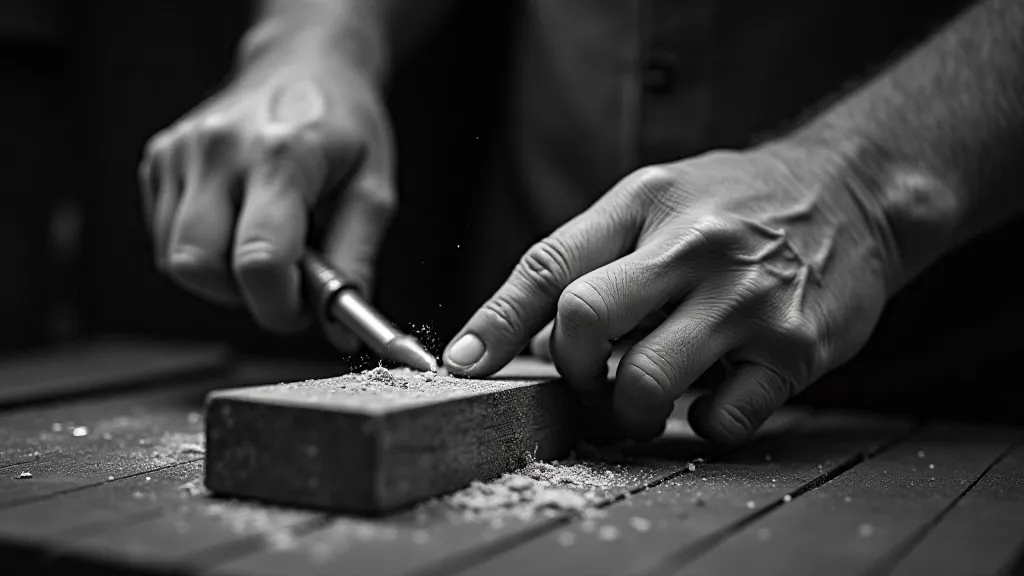
The Trees as Storytellers: Regional Materials, Unique Sounds
Consider the Appalachian region of the United States. The abundance of Sugar Maple and Cherry led directly to the development of the Appalachian dulcimer, its resonant, mellow tone perfectly suited to the landscape. The wood’s density and grain contribute significantly to the instrument’s unique characteristics; a dulcimer built from Poplar, while structurally sound, would simply lack that signature warmth and sustain. Similarly, in the Balkans, the Bosnian spruce, with its tight grain and excellent acoustic properties, became the favored wood for the gusle – a single-stringed instrument vital to epic storytelling and cultural identity. The scarcity, or conversely, the prevalence, of a specific tree directly influenced the instruments that bloomed from the region's musical soul. The sense of history imbued in these instruments often goes beyond mere craftsmanship; it's a link to the very spirit of a place – a concept worth further exploration in the echoing chamber of memory.
It’s not merely a matter of availability, though. The local knowledge, passed down through generations, understands *which* part of the tree is best suited, how to season it properly, and what techniques to employ to maximize its sonic potential. My grandfather would always say, "The tree tells you what it wants to be." He wasn't speaking metaphorically. He observed the grain patterns, the weight, the way the wood responded to his touch. He listened to the *potential* song hidden within the raw material. Imagine an instrument, silenced not by damage, but by the vanishing of the very trees that birthed it. This phenomenon speaks to a profound resonance of loss, a silencing of culture as tangible as the absence of a sound.
Accordion Echoes: European Forests and Expanding Soundscapes
The story extends far beyond Appalachia. Think about the accordion, a relative newcomer to the folk music scene, but one that quickly permeated cultures across Europe and beyond. While the modern accordion’s construction involves materials from various sources, the bellows, traditionally, are often crafted from birch bark or oiled cloth, often sourced locally. In areas with abundant birch forests – Scandinavia, Russia, Eastern Europe – the bellows became a defining characteristic of the instrument’s sound and appearance. The density of the birch bark contributes to the bellows' airtightness and responsiveness, affecting the instrument's volume and expressiveness. A bellows made from heavier, less pliable material simply wouldn’t yield the same fluidity and breath-like quality. The subtle nuances of these regional building materials contribute to a unique and powerful sensory experience, one which connects the player with generations of tradition. Consider the immersive experience—beyond just notes—in beyond the notes – the whole sensory world of creating and playing these instruments.
Older accordions, particularly those from the early 20th century, often bear the marks of this regional reliance. The wood for the casing, often Walnut or Oak in areas where those trees thrived, is a direct link to the local ecosystem. Restoring these instruments is more than just a technical exercise; it's a preservation of that connection – a chance to reconnect with the hands that shaped the wood and the forests that provided it. The scent of old wood, the subtle variations in grain, the faint echoes of the craftsman's touch – these are all part of the instrument’s history, its identity. There’s a profound satisfaction in bringing these echoes back to life, even if just for a few fleeting melodies. The sense of a lost tradition—a silence in the music—can be as potent as the instrument’s initial song. Examining how the absence of an instrument shapes a musical tradition – a resonance of absence– provides unique insight into cultural heritage.
The Impact of Deforestation: A Diminished Landscape, Silenced Voices
The idyllic picture I’ve painted, however, is threatened. Deforestation, driven by agriculture, logging, and urbanization, is devastating forests worldwide. When a specific tree species disappears from a region, so too does a potential avenue for musical innovation and cultural expression. The loss isn’t just about the loss of wood; it’s the loss of knowledge, of tradition, of a tangible link to the past. In some Balkan villages, the ancient art of gusle making is slowly dying out not because the people lack the skill, but because the Bosnian spruce is becoming increasingly rare. This decline highlights the vital connection between the forest's health and the continuation of cultural heritage—a heritage intertwined with the very vibrations of an instrument.
It’s a sobering thought – that the music we cherish, the instruments we play, are inextricably linked to the health of our planet. Recognizing this connection fosters a responsibility to advocate for sustainable forestry practices and to protect the remaining forests. Every time I hold a dulcimer crafted from Sugar Maple, I'm not just holding a musical instrument; I'm holding a piece of the forest, a legacy of knowledge, and a call to action. The stories held within these instruments often extend beyond mere notes, encompassing the history of a place and the skills of those who crafted them.
Craftsmanship and Preservation: A Continuing Legacy
For those interested in preserving these musical traditions, there are several avenues to explore. Learning basic woodworking skills, understanding the properties of different woods, and supporting local luthiers are all valuable steps. Many luthiers are now experimenting with reclaimed wood, salvaging timber from fallen trees or abandoned structures – a sustainable alternative to relying solely on virgin forests. Restoration of antique instruments, when done respectfully and with an understanding of the original materials and techniques, can also play a vital role in keeping these traditions alive. This careful and deliberate approach to restoration honors the original craftsperson's intentions and connects future generations to a tangible piece of the past.
Collecting antique instruments, particularly those known to be crafted from regionally specific woods, can also be a rewarding experience. However, it’s crucial to approach collecting with an appreciation for the instrument’s history and significance. Rather than treating them as mere collectibles, view them as windows into the past – tangible links to the people and the landscapes that shaped them. The journey of an instrument, from a tree in the forest to a cherished heirloom, is a testament to the ingenuity and artistry of human hands. It's a process deeply connected to the land itself, influencing everything from the instrument's sound to its appearance.
Understanding the sensory experience—beyond the notes—associated with playing and creating these instruments adds another layer of appreciation. The scent of the wood, the feel of the grain, the subtle vibrations as you play – all contribute to a unique and powerful connection to the past. This intimate relationship between maker, instrument, and forest is a source of profound meaning and cultural identity. The knowledge embodied in these instruments speaks to a legacy built on centuries of observation and craftsmanship.
My grandfather’s workshop is gone now, but the scent of cedar and possibility lingers in my memory. The instruments he built still sing, each note a testament to the enduring power of the relationship between humanity and the natural world. And as I listen to their melodies, I’m reminded that we have a responsibility to protect the forests, to honor the craftspeople who shape them, and to preserve the music that emerges from their whispers of wood. The very act of playing one of these instruments is an opportunity to connect with a heritage that stretches back centuries – a heritage of skill, creativity, and reverence for the natural world. It is a legacy that we must strive to continue, ensuring that the whispers of the wood can continue to resonate for generations to come.
